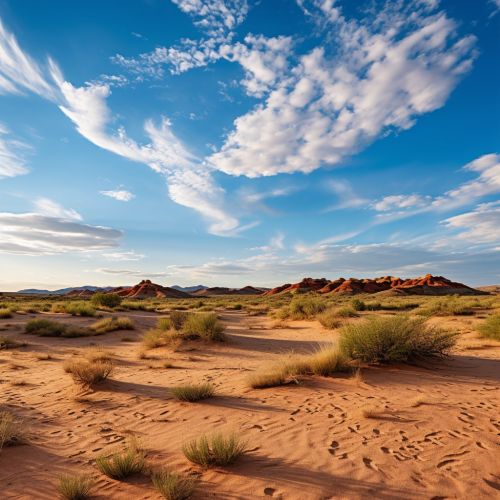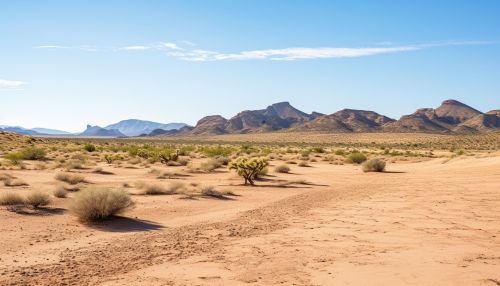Mojave National Preserve
Overview
The Mojave National Preserve is a vast expanse of desert landscape located in the southeastern part of California, United States. It is one of the largest national preserves in the United States, spanning an area of approximately 1.6 million acres. The preserve is nestled between the Interstate 15 and Interstate 40, offering a unique blend of scenic beauty, rare wildlife, and historical sites.


Geography
The Mojave National Preserve is characterized by a diverse range of geographical features. It is home to the Kelso Dunes, one of the largest dune fields in the western United States. These dunes, formed from wind-blown sand, reach heights of up to 600 feet. The preserve also features the Cima Dome, a distinctive granite formation that is one of the most symmetrical natural domes in the world.
The preserve encompasses parts of the Mojave Desert, the smallest desert in North America. Despite its size, the Mojave Desert is known for its significant biodiversity and unique ecosystems. The preserve's terrain varies from low-lying desert plains to mountainous regions, with the New York Mountains and the Providence Mountains being the most prominent.
Flora and Fauna
The Mojave National Preserve is home to a diverse range of flora and fauna, adapted to survive in the harsh desert conditions. The preserve is known for its Joshua Trees, a species of yucca that is endemic to the Mojave Desert. These trees, named by Mormon settlers, are a key part of the desert ecosystem, providing habitat for several species of birds and mammals.
The preserve also hosts a variety of wildlife, including the Desert Tortoise, a species listed as threatened under the Endangered Species Act. Other notable species include the Bighorn Sheep, Coyote, and Kit Fox. The preserve's birdlife is equally diverse, with species such as the Red-tailed Hawk, Golden Eagle, and Roadrunner frequently spotted.
History
The Mojave National Preserve has a rich history, with evidence of human habitation dating back thousands of years. The area was originally inhabited by the Mojave people, a Native American tribe for whom the desert is named. The preserve contains several significant archaeological sites, including ancient rock art and historic structures.
In the 19th century, the area was a key route for westward expansion, with the Mojave Road serving as a major trade route. The preserve also has a history of mining activity, with the Kelso Depot, now a visitor center, serving as a reminder of this past.
Recreation
The Mojave National Preserve offers a range of recreational activities for visitors. Hiking is popular, with trails traversing the diverse landscapes of the preserve. The Teutonia Peak Trail offers stunning views of the Cima Dome and the densest Joshua Tree forest in the world.
Camping is also popular, with several designated campgrounds and backcountry camping allowed throughout the preserve. Other activities include wildlife viewing, star gazing, and exploring the historical sites within the preserve.
Conservation
Conservation efforts in the Mojave National Preserve are focused on preserving the unique ecosystems and biodiversity of the area. The preserve is managed by the National Park Service, which implements various conservation strategies, including habitat restoration, species protection, and fire management.
Despite these efforts, the preserve faces several conservation challenges, including climate change, invasive species, and human impact. These factors pose a threat to the preserve's delicate desert ecosystems and the species that inhabit them.
